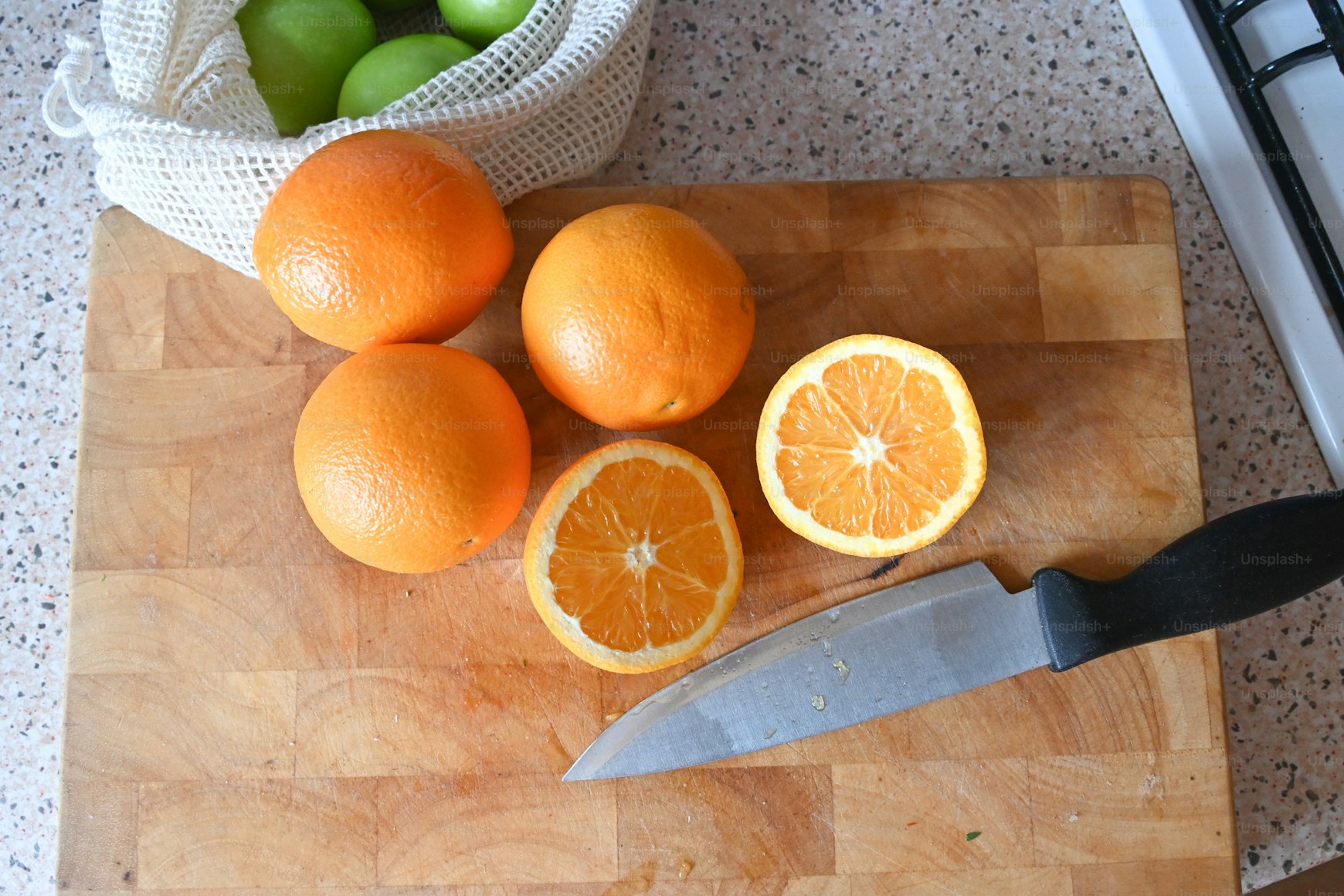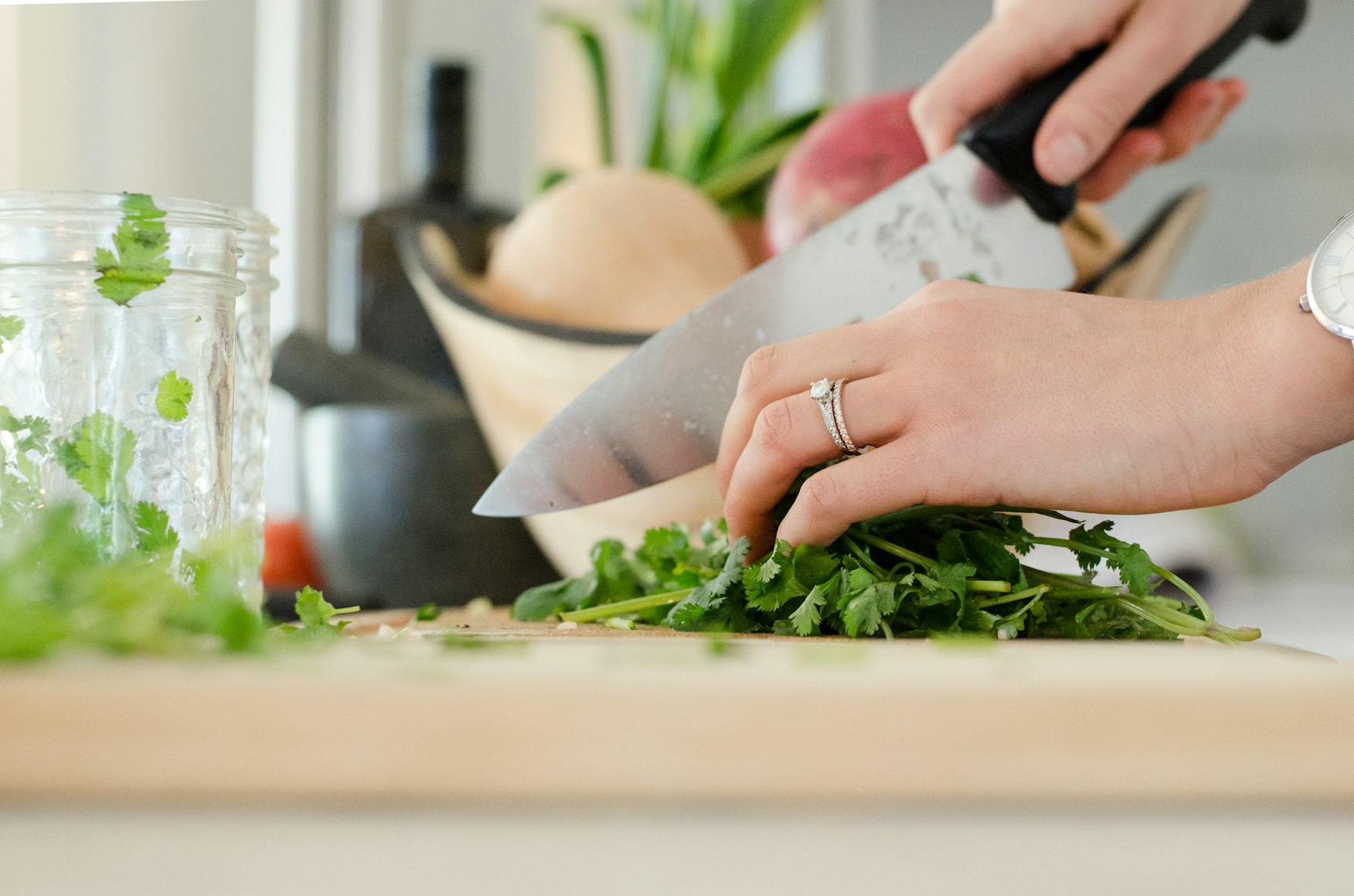Sushi, an art form that reflects Japanese culture, demands not only mastery and finesse but also the right tools. Have you ever wondered what kind of knife does a sushi chef use that allows them to create those perfect, delicate slices of fish and other ingredients? The answer lies in the deep tradition and craftsmanship of Japanese culinary tools.

Introduction to Sushi Knives
Japanese knives are revered for their quality and precision. They are fundamental in a sushi chef’s arsenal, and understanding their types and uses can transform the way you approach sushi making, whether you’re a professional or a home enthusiast.

Types of Sushi Knives
There are several types of knives that sushi chefs use. Each serves a unique purpose and is designed to handle specific aspects of sushi preparation.
Yanagiba: The Master Slicer
The Yanagiba knife is perhaps the most iconic sushi knife. Its long, slender blade is perfect for slicing sashimi and sushi rolls. You’ll find this knife in almost every sushi chef’s toolkit.
Deba: The Heavy-Duty Knife
The Deba knife features a thicker blade that can handle tougher tasks like filleting fish and cutting through small bones. It complements the Yanagiba by addressing the more robust needs of sushi preparation.
Usuba: The Vegetable Specialist
The Usuba knife is designed for cutting vegetables. Its thin, straight blade allows for precise cuts, ensuring that every vegetable in your sushi roll looks and tastes perfect.

Choosing the Right Knife
Selecting a knife depends on your needs and preferences. While the Yanagiba, Deba, and Usuba are the most common, there are other specialized knives that can further enhance your sushi-making skills.
Blade Material
Japanese knives are typically made from high-carbon steel or stainless steel. High-carbon steel offers superior sharpness and edge retention but requires more maintenance. Stainless steel is more resistant to rust and easier to care for.
Handle Design
The handle design of a sushi knife is also crucial. Traditional Japanese handles are often made from wood and have a simple, ergonomic design that provides a comfortable grip.

Maintenance of Sushi Knives
Proper care and maintenance of your knives ensure longevity and performance. Regular sharpening, proper storage, and correct usage are all crucial.
Sharpening Your Knife
To maintain a fine edge, sushi knives should be sharpened regularly. Learn how to sharpen your kitchen knife to keep it in top condition.
Storage Tips
Proper storage protects your knife’s edge and prevents accidents. Consider using a wooden sheath or knife block.
Why Quality Knives Matter
The right knife can make a significant difference in your sushi-making experience. High-quality knives not only improve efficiency but also enhance the quality of the final product.
Tips for Beginners
For those new to sushi-making, start with a basic set of knives and gradually expand your collection as you become more skilled.
Invest in Quality
Investing in quality knives from reputable brands can make all the difference. They may be more expensive, but their performance and longevity are worth the investment.
Practice Regularly
Regular practice is essential. The more you use your knives, the better you’ll get at handling them, and the more you’ll appreciate their craftsmanship.
FAQ
Q: What is the most important knife for a sushi chef?
A: The Yanagiba knife is often considered the most important due to its ability to make clean, precise cuts needed for sushi and sashimi.
Q: How often should sushi knives be sharpened?
A: Sushi knives should be sharpened regularly, depending on usage. For frequent users, sharpening once a week is advisable.
Q: Can I use my regular kitchen knife for sushi?
A: While you can use a regular kitchen knife, specialized sushi knives like the Yanagiba provide better precision and are highly recommended for authentic sushi preparation.
As an Amazon Associate, I earn from qualifying purchases.
As an Amazon Associate, I earn from qualifying purchases.


